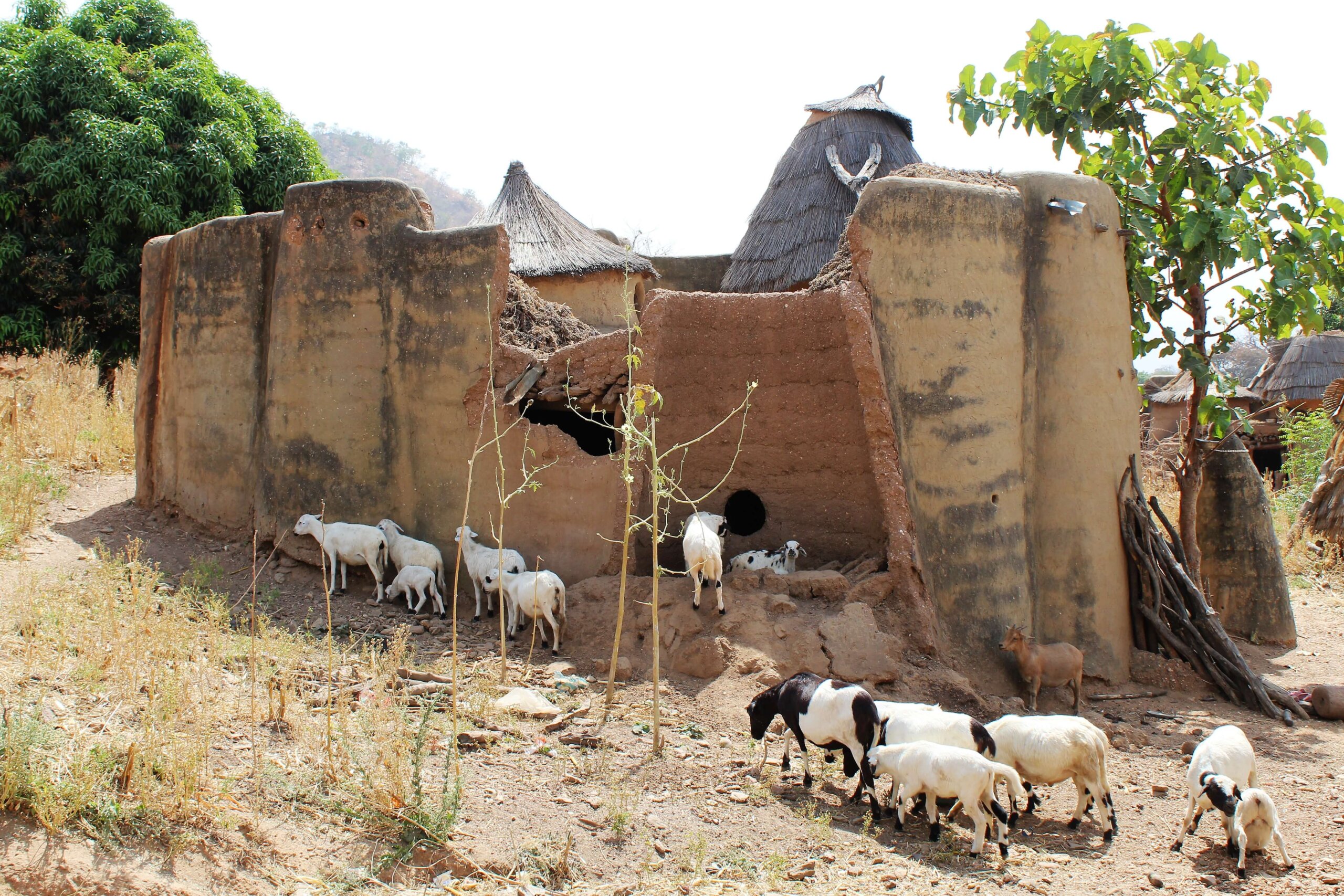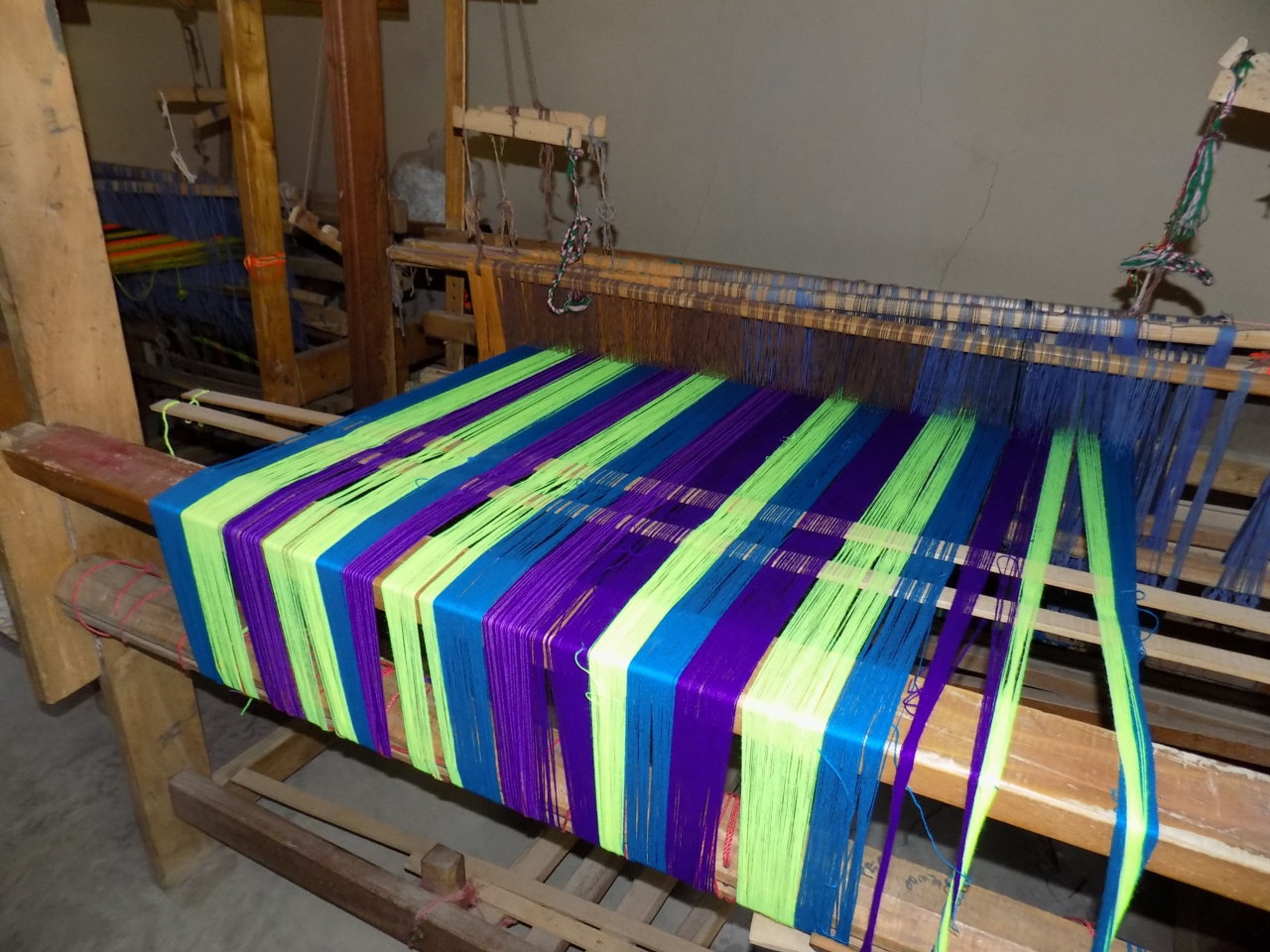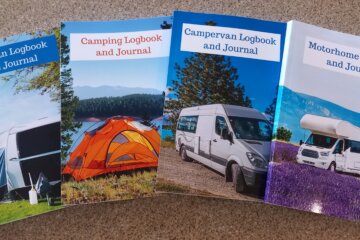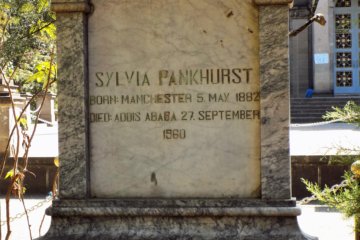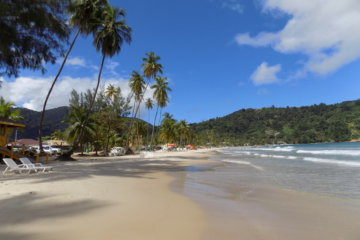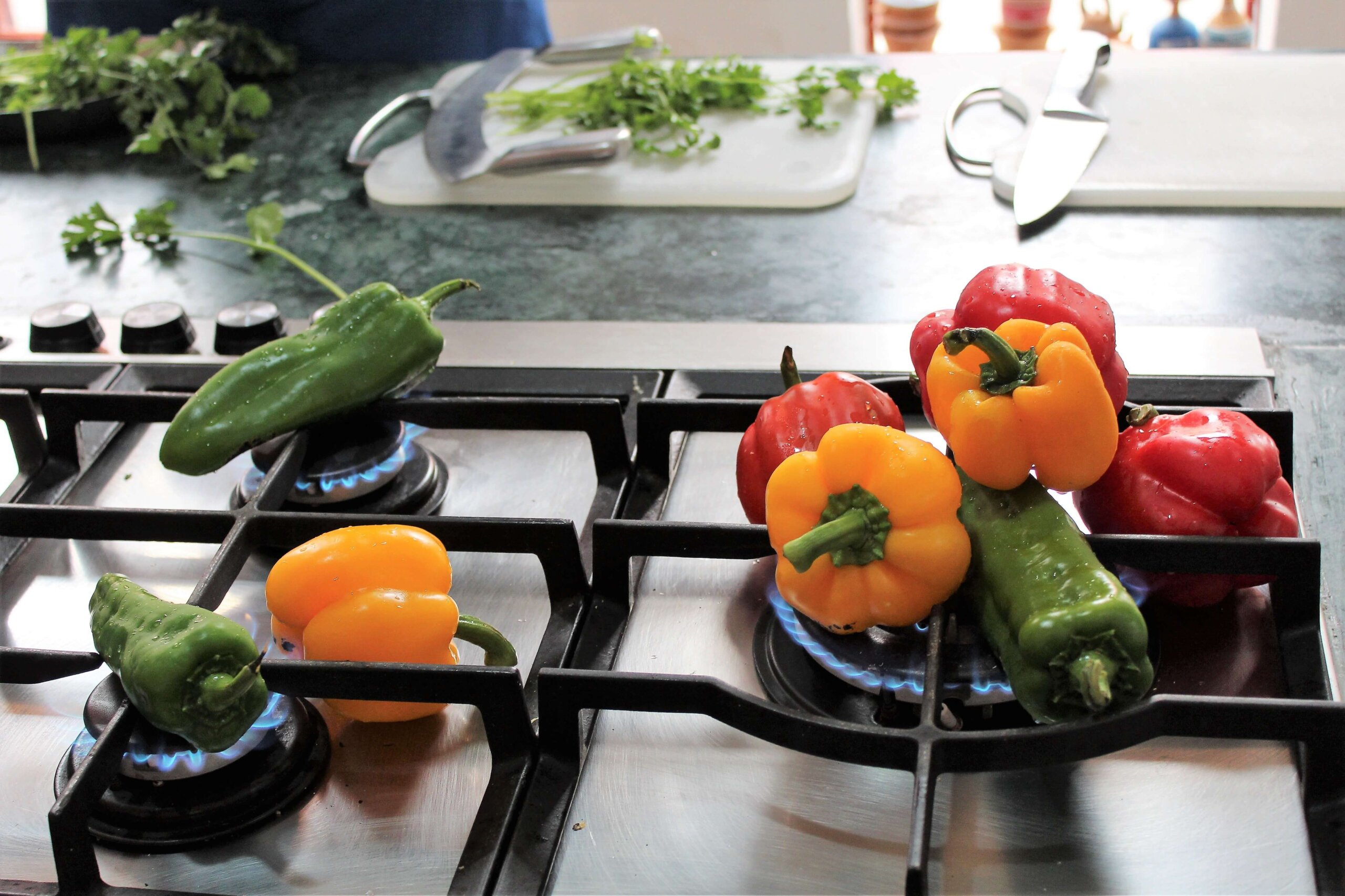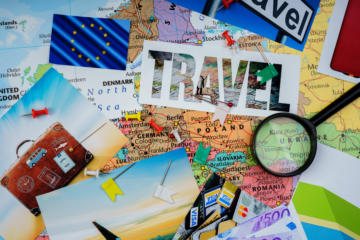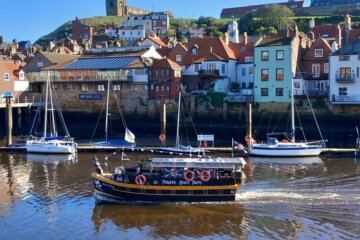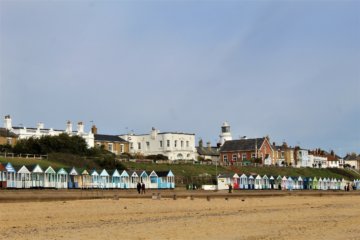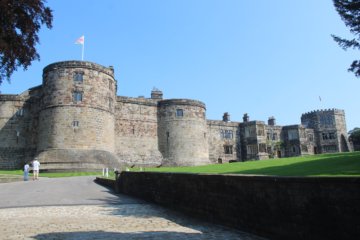Welcome to my Togo travel guide!
Togo, or the Togolese Republic to give it its full title, is one of the smallest countries in Africa but it enjoys one of the highest standards of living due to its phosphate deposits and a well-developed export sector based on agricultural products such as coffee, cocoa, and peanuts. Cotton is the most important cash crop. Togo covers approximately 57,000 square kilometres and has a population of just under eight million, most of whom follow the voodoo religion. Located in West Africa, Togo is bordered by Ghana to the west, Benin to the east and Burkina Faso to the north.
Togo is a great destination for those who like travelling off the beaten track. We went as part of our West Africa tour, but it is a safe country and could just as easily be visited independently. Togo offers diverse landscapes, from lakes and beaches in the south to rolling forested hills in the centre and savannahs in the north. Whilst there are no world-renowned sites, there is enough to interest the traveller in terms of culture, music and history.
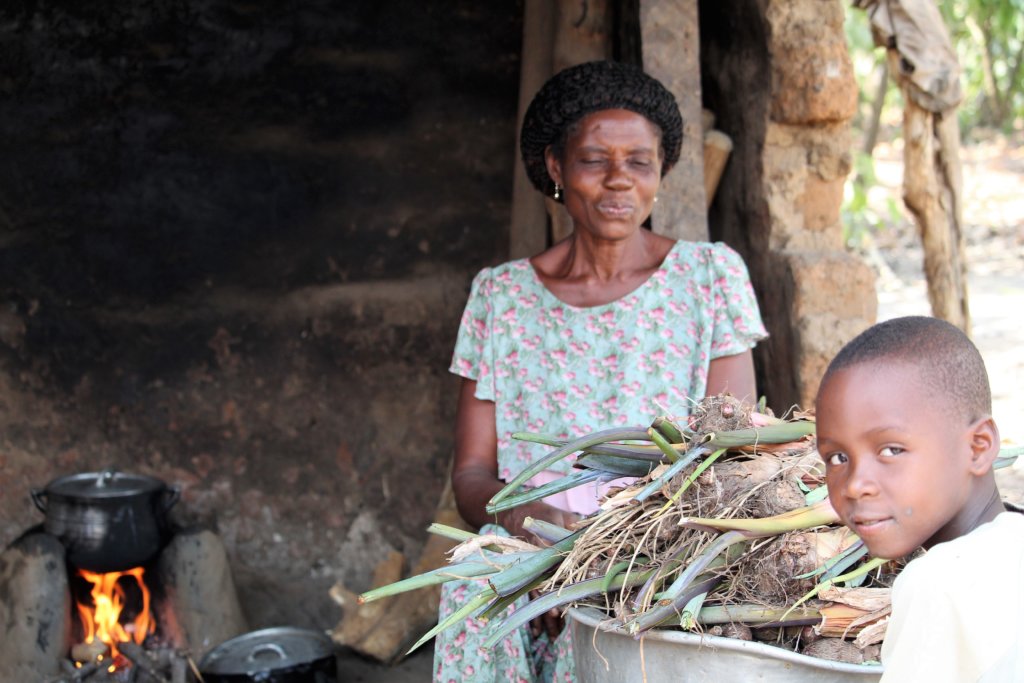
In this article
Essentials
Visas
Visas are required for all travellers except nationals of the Economic Community of West African States (Ecowas). You can get one-week extendable visas on arrival at all major land border crossings and at the airport in Lomé. It costs 10,000 CFA and can be extended to 30 days at no extra charge at the Service Immigration Togolaise. This can be quite a hassle, though, as the office is 8km from Lomé city centre, is only open from 8am to 4pm Monday to Friday, and you will often be asked to come back as applications are rarely processed on the same day.
If you are staying in Togo for longer than a week, you’d be better off getting your visa in advance of arrival. This, too, can be problematic. There is no online facility. You must apply in person to your nearest Togolese embassy. In the UK, this means a trip to London. You have to submit all your documents (passport, completed application form, 4 passport photos, yellow fever certificate, insurance document, proof of return or onward flight, hotel reservation in Togo) on a Tuesday or Thursday between 9.30am and 12.30pm. If everything is in order, you can collect your passport the following day between 3pm and 5pm. This service costs £55 for a single entry 30-day visa or £65 for multiple entry.
We entered Togo by land from Ghana so we went to the Togolese embassy in Accra to get our visas. The cost was the same; 37,500 CFA for a 30-day multiple entry visa (approximately £63.30), but it was processed there and then.
VERY IMPORTANT! – You will also need a valid yellow fever certificate to show with your passport and visa on arrival in Togo.
Capital City
The capital of Togo is Lomé. If you are arriving by air, this is the location of the only international airport in the country. Almost a quarter of Togo’s entire population lives in Lomé.
Time Zone
The time zone in Togo is GMT.
Language
The official language of Togo, a former French colony, is, as you might expect, French! The indigenous languages of Ewe and Kabiyé are also recognised as national languages.
Money Matters
Like Benin, Togo is a cash-based society. The currency used is the West African Franc, written as CFA or, confusingly, XOF! When speaking, the money is referred to as ‘ceefa’. At the time of writing, the exchange rate is roughly 600CFA to the pound, US dollar, or euro.
It is best to take a combination of cash (euros are easiest to exchange) and cards with you when travelling in Togo. Travellers’ cheques are not accepted anywhere. Mastercard is only accepted at Banque Atlantique in Lomé. There are ATMs in all major towns, but be aware that the withdrawal limit per day is quite low. Stock up on CFA whenever you can!
Public Holidays
- New Year’s Day – January 1
- Meditation Day – January 13
- Easter – March/April
- National Day – April 27
- Labour Day – May 1
- Ascension Day – May
- Pentecost – May/June
- Day of the Martyrs – June 21
- Assumption Day – August 15
- Armed Forces Day – October 26
- All Saints’ Day – November 1
- Christmas Day- December 25
Togo also celebrates Muslim holidays.
Electricity
The supply is 220V and plugs are of the European two-round-pin variety. Don’t forget to pack a universal travel adaptor. Power cuts are frequent, so take a torch! We usually take two – a head torch and a flashlight with a hanging hook and a magnetic base.
Safety
Whilst Togo is generally safe, petty theft and muggings are common in Lomé, especially on the beach and near the Grande Marché. You should take the usual precautions:
- Try to always tell someone where you are going.
- Don’t walk alone after dark.
- Stick to well-lit areas in cities.
- Know the number for emergency services (117 for the police and 118 for the fire brigade in Togo).
- Lock your valuables in a hotel safe where possible and only carry a small amount of cash. If you need to carry more, use a money belt.
The beaches along Togo’s Atlantic coast are not safe for swimming because of the strong currents. Stick to hotel pools where possible.
Always check the latest advice from your government before travelling. The UK’s foreign office information about Togo can be found here.
There is no British embassy in Togo. If you need consular assistance, contact the British High Commission in Accra on +233 302213200.
You must carry a photocopy of your passport, as well as the original, at all times in Togo.
Telephone
Togo’s country code is 228.
Mobile-phone coverage is excellent and fairly cheap. The two main networks are Togocel and Moov. Depending on what deal you have from your local provider, you might be better off buying a local SIM card on arrival in Togo and using that for mobile data. Top-up vouchers are widely available.
Trip Planning
The Best Time to Go
The temperature in Togo is between 28 and 32 degrees centigrade all year round. It rarely drops below 25 degrees, even at night. November to February is the best time to visit with pleasant temperatures and no rain. The hottest period is March and April – probably best avoided! Togo gets most of its annual rainfall in May, June, September and October. Travel on Togo’s unsurfaced roads is challenging during these months.
What to Pack
Clothes
Togo’s year-round warm climate makes the need for a coat redundant, although a rain jacket will be useful in the wet season. If, like us, you don’t feel the cold, you won’t even need a sweater. It’s a good idea to take walking shoes or boots as there are lots of opportunities to go hiking and trekking. Women should dress modestly so as not to draw too much attention to themselves. The Togolese are generally more conservative than their neighbours in Ghana and Benin when it comes to revealing clothes and public displays of affection between couples. Don’t forget a hat and sunglasses.
Other
- Travel documents
- Money and cards
- A first aid kit
- Personal medication
- Anti-malarials
- Insect repellent – we took one with 50% Deet which worked very well
- Sunscreen and after-sun
- Camera equipment
- Binoculars
- Swiss army knife
- Water filter bottle – we swear by these! We no longer have to buy plastic bottles of water when we travel.
- Personal entertainment – music, reading material, playing cards
- Journal and pens
- Reusable shopping bag to reduce the amount of plastic you use
- Toiletries
- Travel towel for those impromptu waterfall swims!
- Sewing kit
Accommodation
Togo has a fairly good range of accommodation options. Obviously, almost all of the upmarket establishments are to be found in Lomé. Elsewhere, you will find guesthouses and camping grounds. We stayed in a variety of hotels and we also camped in the grounds of others on our West Africa tour. Some were more basic than others, but they were all clean and rooms were generally large. As I’ve already said, power cuts are common in Togo and, sometimes, the water doesn’t work either! In this case, a bucket shower works just as well! You just need to remember you’re in West Africa, so don’t expect western-style facilities all the time.
Food and Drink
Togolese dishes, as in much of West Africa, are typically based on a starch staple known as pâté, a dough-like substance made from corn or yam. This is served with a sauce. Fufu is a speciality that is found everywhere in Togo. It is cooked and puréed yam served with vegetables and meat. Another popular dish is djenkoumé, pâté made with cornflour cooked with spices and served with fried chicken.
Street food is plentiful and delicious – and all fried! Choose from aloko (fried plantain), koliko (yam chips), gaou (bean-flour fritters), and wagasi (a mild cheese fried in hot spices). You will also find plenty of fresh fruit to balance out the fried stuff!
Togo imports a lot of lager-style beers which are refreshing after a long day in the sun. The local moonshine, tchoukoutou, usually brewed from millet and served as shots, is best avoided (in my opinion)! The same can be said for sodabe, a particularly potent brew distilled from palm wine. Carbonated soft drinks are widely available, but they are invariably the full-sugar variety. Diet drinks are very hard to come by.
Getting Around
Bus
Buses are the most reliable and comfortable way to get around Togo, especially for long-distance trips. Although we didn’t use them, fellow travellers told us that Rakiéta was the most reliable company.
Bush Taxi
These are usually beaten-up old vehicles covering outlying areas that buses don’t go to. They could be anything from a family saloon to a pick-up truck or a minibus. Progress in one of these is invariably very slow as they stop to pick people up and drop off others all the time!
Moto-taxis
Moto (or motorbike) taxis are found in most Togolese towns and cities. They charge around 200 CFA (about 30pence) for a short journey across town. They are more expensive in Lomé. If you can find a car taxi, it will generally cost between 2000and 3000 CFA per hour.
Car
It is possible to self-drive in Togo. You will need an International Driving Permit. Police checkpoints are everywhere, but they usually just wave you through. Petrol stations are common in towns, but make sure you fill up before driving into rural areas.
Things you MUST do and see in Togo
Visit Lomé
Lomé used to be known as ‘the pearl of West Africa’. Whilst the city probably no longer deserves this name, it still has a charm that other African capitals lack and is worth a day or two of your time. Remnants of French colonial rule can be seen in the city’s grand boulevards, large squares and verdant gardens.
Notable landmarks in the city include Lomé Grand Market, a large three-storey hall with a labyrinth of stalls and shops showing Togo at its most colourful and vibrant. It is open every day except Sunday from early in the morning until about 4pm. The Cathedral of the Sacred Heart, designed in the German Gothic style, is one of the few remaining examples of colonial architecture.
Most visitors, though are drawn to the fetish market, best visited with a guide. Located 4km north of the city centre, the market sells everything local animists and voodoo practitioners need to create their remedies and make their offerings to the gods.
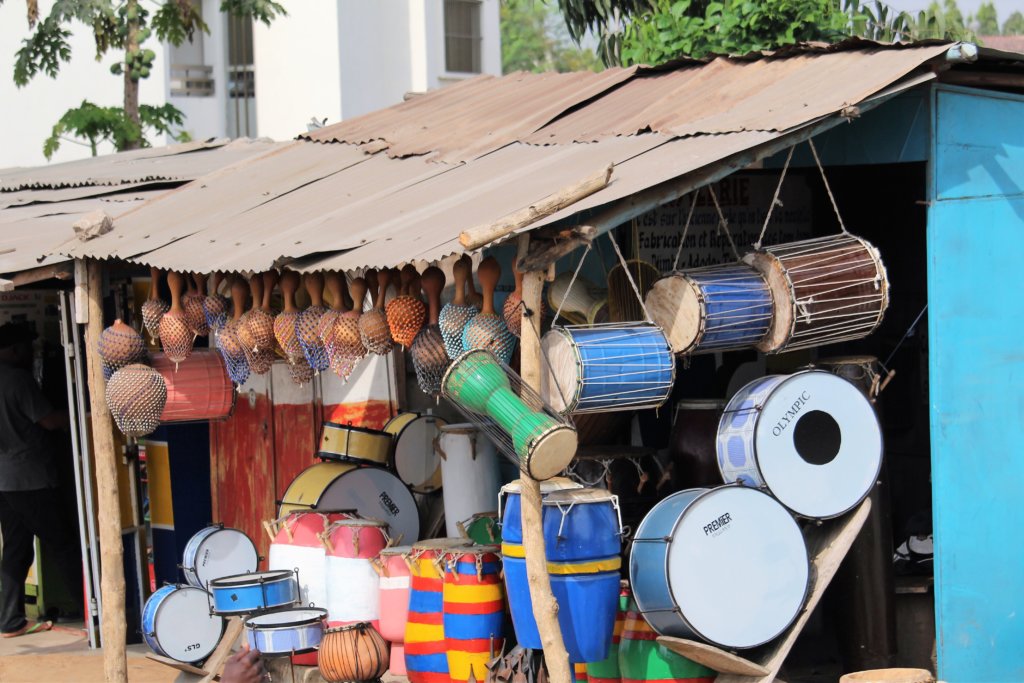
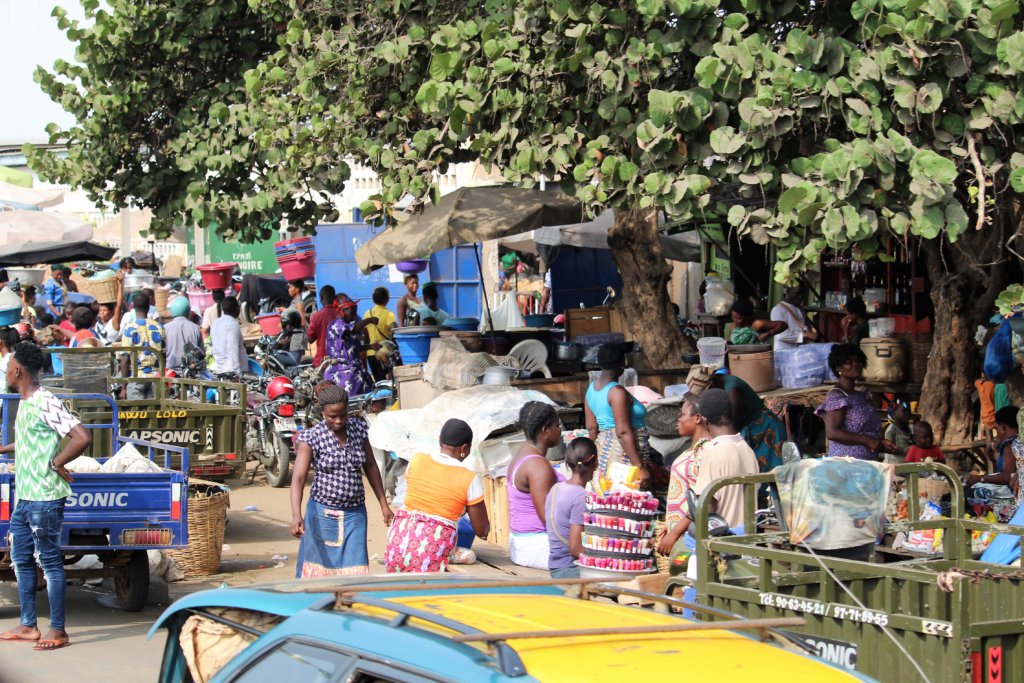
Hike in the forests of Mount Klouto
The area around Mount Klouto, 12km northwest of the market town of Kpalimé, is only 120km from the hectic city of Lomé but it feels like you’re on another planet. It is lush and green with forest hikes to enjoy with the promise of bathing in a refreshing waterfall at the end. We spent an amazing two days in the area learning about the local flora from our naturalist guide.
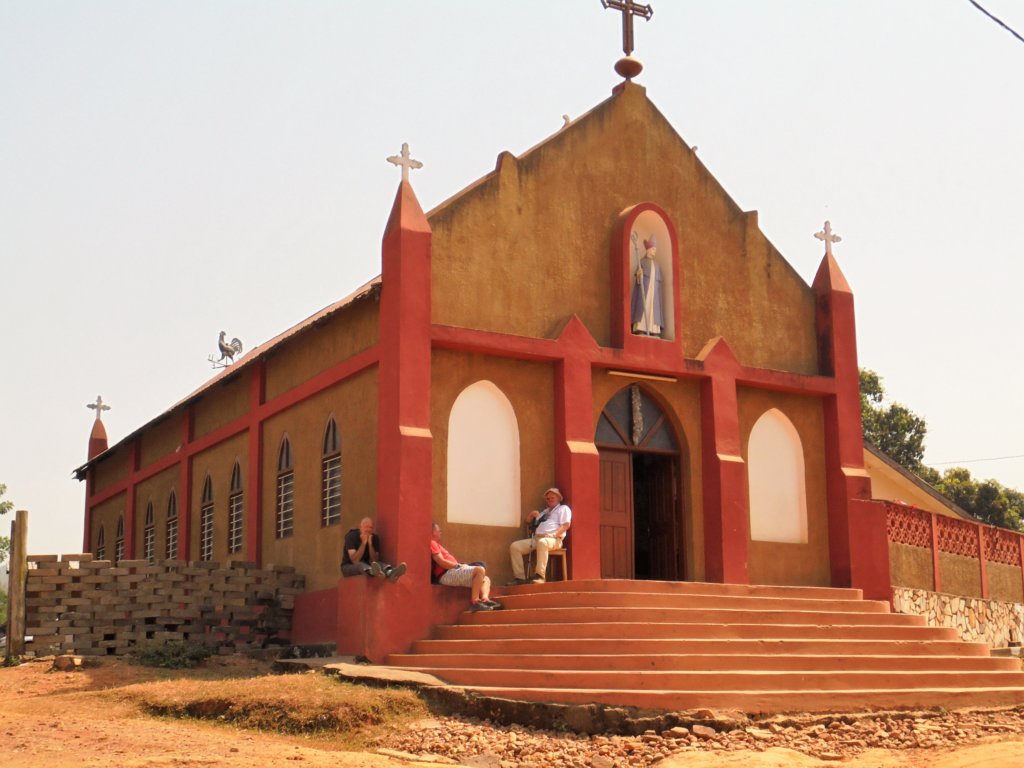
READ ABOUT OUR VISIT TO MOUNT KLOUTO
Be amazed in the Valley of the Bats
If you are in the area around Mount Klouto, you must visit the Valley of the Bats. It wasn’t on the itinerary of our West Africa tour, but it was suggested to us by our guide. I’m so glad we went! The valley is home to some 3 million bats. We were unaware of this as we walked along the path through the forest. As soon as our guide clapped his hands, though, the sky turned black as thousands of the creatures flew from the trees. We’ve never seen anything like it!
Local people used to eat bats, but now they are a protected species and, following a decree made by a revered holy man a few years ago, they are seen as sacred.
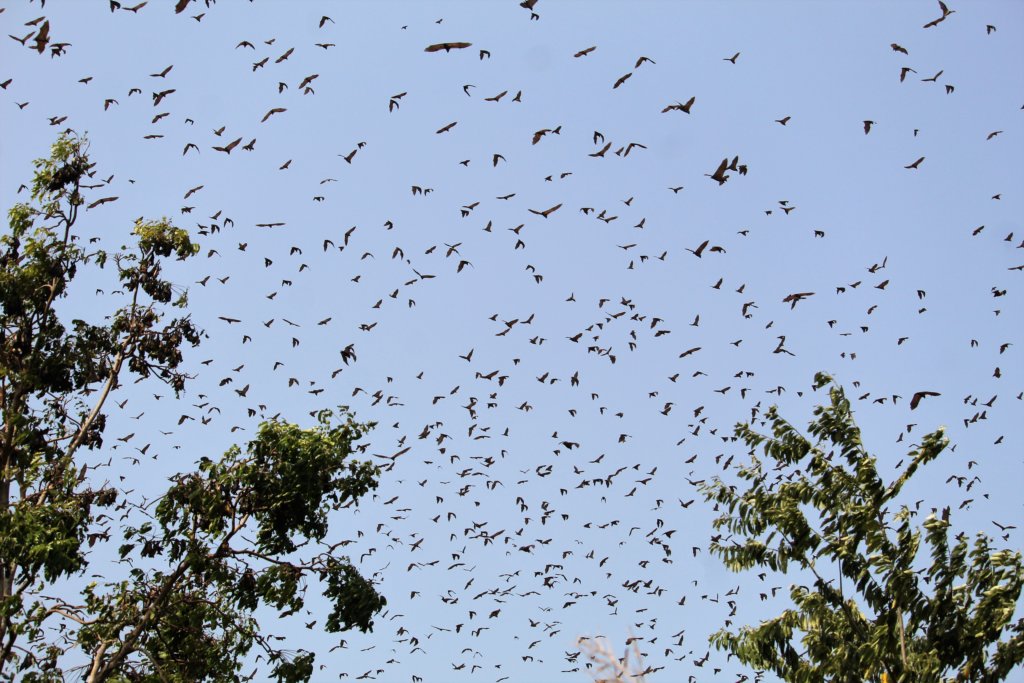
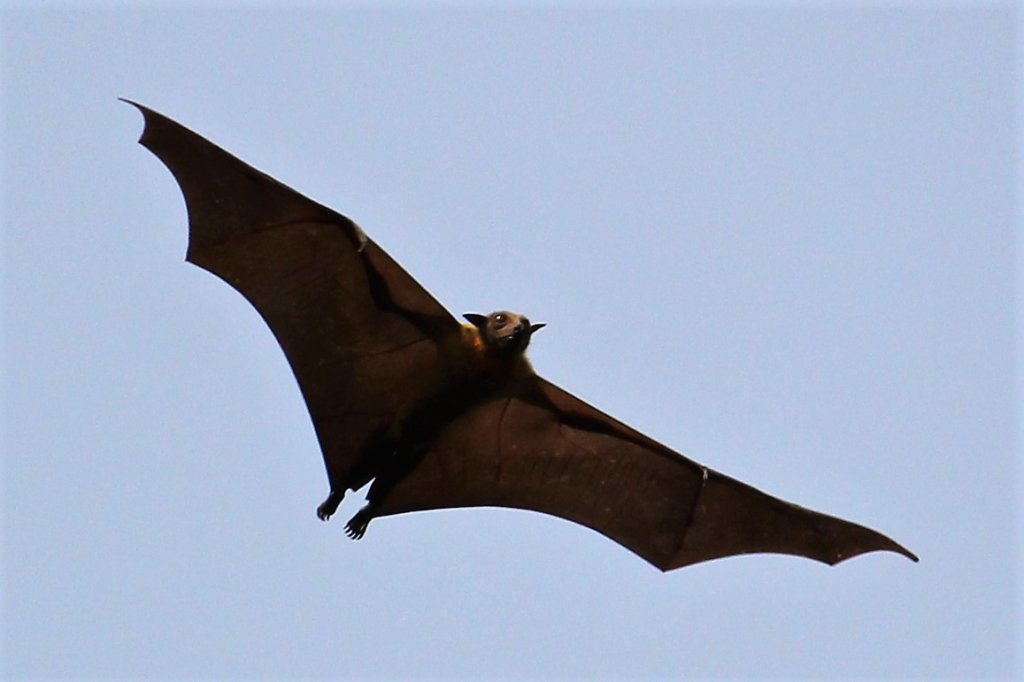
Check out a craft co-operative
Small, locally-run craft enterprises are common in Togo. They often involve disabled people, both in the managing of the business and the production of goods for sale. If you get the chance to visit one of these, you should! The one we went to specialised in fabric items. Most of our group were tempted to buy something, from lengths of hand-dyed material to soft toys in vibrant colours. I came away with a gorgeous hand-sewn quilt, which came in very handy when we travelled further north and the temperature dropped at night.
Relax on the shores of Lake Togo
If you’re looking for a bit of beach time while you’re in Togo, I’d recommend one of the resorts around Agbodrafo on Lake Togo. The beaches on the Atlantic coast aren’t suitable for swimming because of strong riptides and trying to sunbathe on the sand isn’t the most comfortable due to stiff breezes. Instead, the resorts on the lake are more sheltered. Local people do swim in the lake. We weren’t tempted as we were told sewage drains directly into it! Make sure you choose a resort with a swimming pool and you’ll be fine!
Visit the Tata Somba Region
The Tata Somba Region is situated in the north of Benin and Togo because the colonial powers who drew up the country borders gave no thought to the indigenous people who had their homes there! The ‘tata’ is the unique home of the Somba people, designed like a fortress. It is found nowhere else in the world. A visit here is an education into a disappearing way of life. It’s fascinating, and a privilege to be allowed to see how these people live.
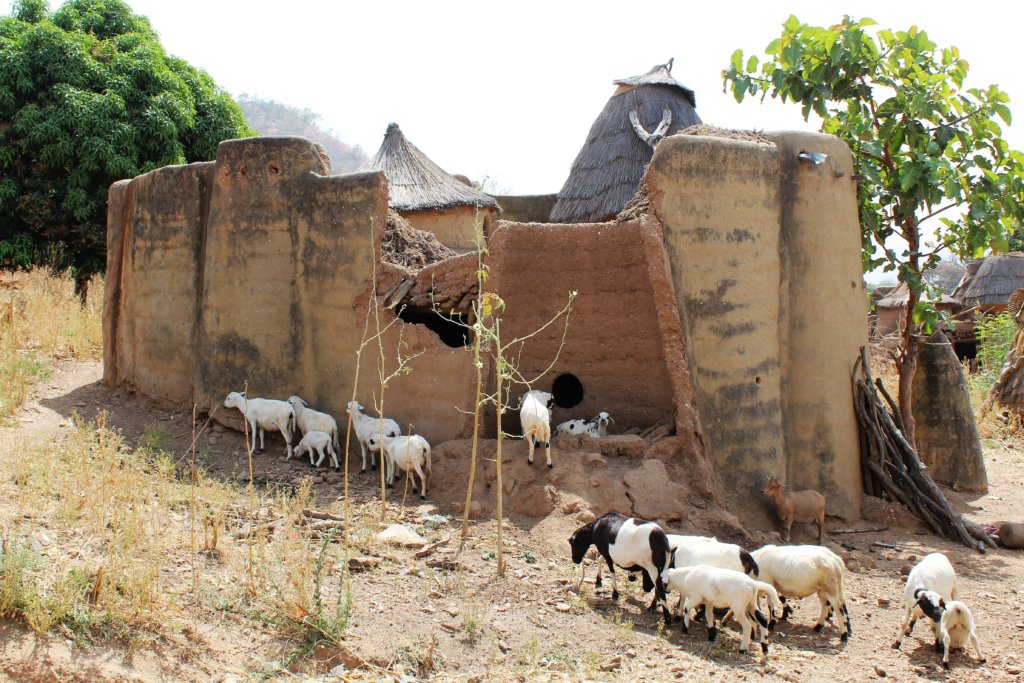
READ MORE ABOUT THE TATA SOMBA REGION
Visit Togoville
The former capital of the German protectorate of Togoland, Togoville is worth a few hours of your time, especially if you visit by boat from your resort near Agbodrafo, as we did. The highlight of the town now is the colourful Notre Dame Cathedral where Pope John Paul II conducted a service back in 1985.
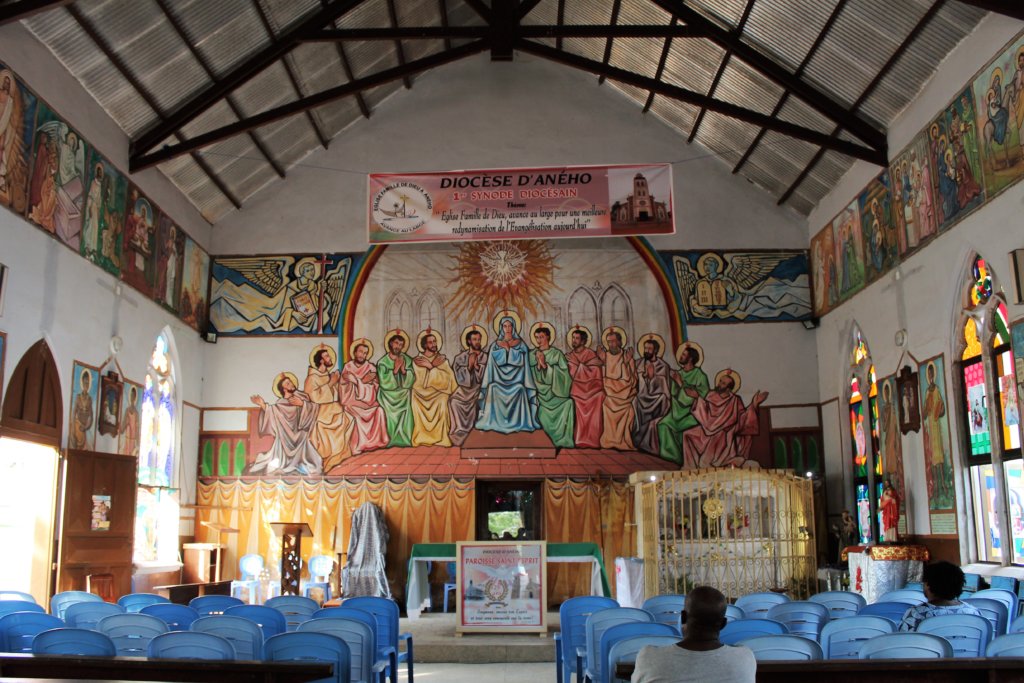
Further Reading on Togo
BOOK YOUR OWN TOUR NOW!!
IF YOU LIKE WHAT YOU’VE READ, PIN IT FOR LATER!!
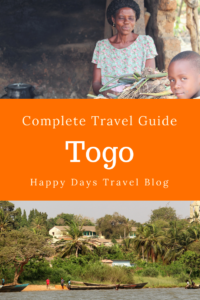
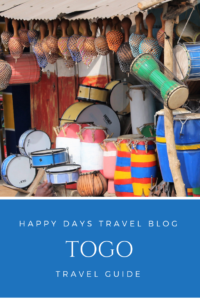
Disclosure: This post contains affiliate links. If you click through for more information, or to make a purchase, it may result in a small commission coming my way. Please note that there is no extra cost to you associated with this. Thank you so much for supporting my site.
Join our mailing list

Sign up to receive our monthly newsletter. Keep up with what we're doing and be the first to receive special offers and insider tips.

